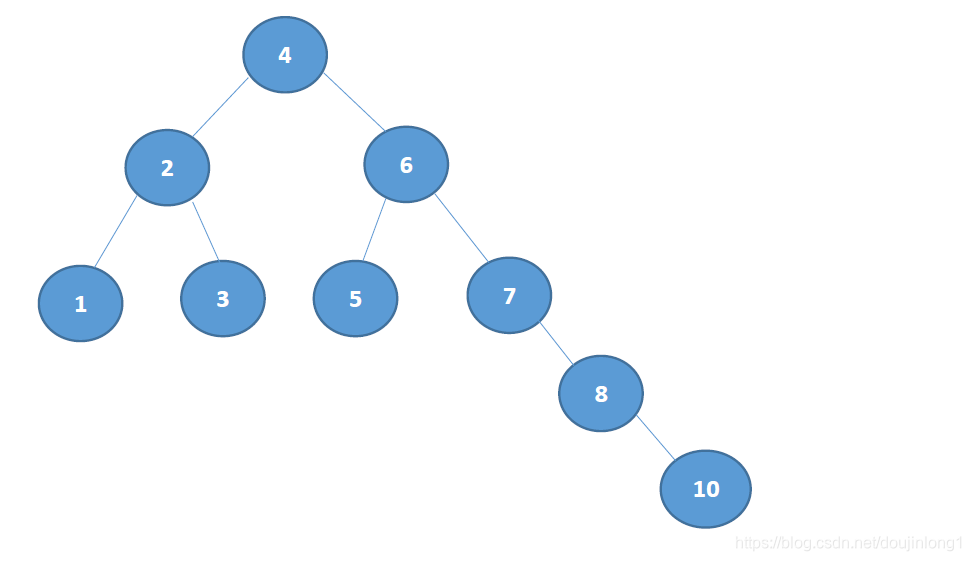版权声明:如需转载,请附上原文链接即可 https://blog.csdn.net/doujinlong1/article/details/85265159
二叉树的层序遍历算法 + 打印二叉树所有最左边的元素(算法)

层序遍历
/**
* 树结构定义
*/
private static class BinaryNode<T> {
BinaryNode(T theElement) {
this(theElement, null, null);
}
BinaryNode(T theElement, BinaryNode<T> lt, BinaryNode<T> rt) {
element = theElement;
left = lt;
right = rt;
}
T element;
BinaryNode<T> left;
BinaryNode<T> right;
}
//层序遍历方法
public static void levelRead(BinaryNode node) {
if (node == null) {
return;
}
//计算深度
int depth = calcDepth(node);
for (int i = 0; i < depth; i++) {
//打印每个深度上的所有节点
readLevel(node,i);
}
}
private static void readLevel(BinaryNode node, int i) {
if (node == null||i<1) {
return;
}
//递归打印,如果层级为1,则打印当前节点,如果不为1,则说明还在比较高的等级,需要递归从头往下继续找当前层。
if (i == 1) {
System.out.print(node.element+" ");
}
readLevel(node.left, i-1);
readLevel(node.right, i-1);
}
private static int calcDepth(BinaryNode node) {
if (node ==null) {
return 0;
}
int ld = calcDepth(node.left);
int rd = calcDepth(node.right);
if (ld>rd) {
return ld+1;
}else{
return rd+1;
}
}
打印二叉树所有最左边的元素
在层序遍历的基础上,我们可以借此实现打印二叉树上所有最左边的元素,代码如下:
public static void levelReadLeft(BinaryNode node) {
if (node == null) {
return;
}
int depth = calcDepth(node);
for (int i = 1; i <= depth; i++) {
String string = readLevelLeft(node,i);
System.out.println(string);
}
}
private static String readLevelLeft(BinaryNode node, int i) {
String reString = "";
if (node == null||i<1) {
return reString;
}
if (i == 1) {
return reString + (node.element+" ");
}
reString += readLevelLeft(node.left, i-1);
if (reString.equals ("")) {
reString += readLevelLeft(node.right, i-1);
}
return reString;
}
private static int calcDepth(BinaryNode node) {
if (node ==null) {
return 0;
}
int ld = calcDepth(node.left);
int rd = calcDepth(node.right);
if (ld>rd) {
return ld+1;
}else{
return rd+1;
}
}
从顶层遍历最右边节点
代码如下:
public static void levelReadRight(BinaryNode node) {
if (node == null) {
return;
}
int depth = calcDepth(node);
for (int i = 1; i <= depth; i++) {
String string = readLevelRight(node,i);
System.out.println(string);
}
}
private static String readLevelRight(BinaryNode node, int i) {
String reString = "";
if (node == null||i<1) {
return reString;
}
if (i == 1) {
return reString + (node.element+" ");
}
reString += readLevelRight(node.right, i-1);
if (reString.equals ("")) {
reString += readLevelRight(node.left, i-1);
}
return reString;
}
private static int calcDepth(BinaryNode node) {
if (node ==null) {
return 0;
}
int ld = calcDepth(node.left);
int rd = calcDepth(node.right);
if (ld>rd) {
return ld+1;
}else{
return rd+1;
}
}